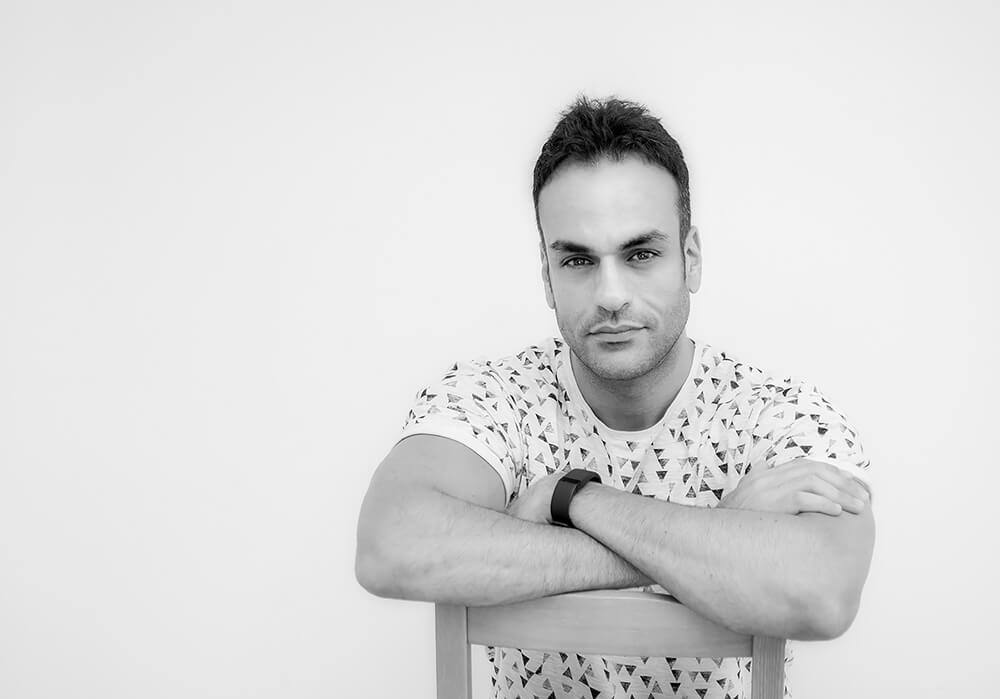I am Osama aka Gennie-in-a-Click and I don't know how the Universe has conspired for me to be a photographer, but I am loving it. There have been so many synchronicities which led me to the path I have taken. Slowly but surely, I have discovered my niche, and discovered that I love being a fine art photographer.
I love people and, through my art, I like to discover and capture different portrays and facets of human nature.
I have always been fascinated by the deep connection between humans and nature.
As humans we associate images, taste, smell, sound with our emotions.
As an artist I associate my art with my emotions at the time I took the photograph. Just by looking at a photograph that I have created I am taken back to the moment in time when it was shot. I can feel the smell, I can feel the light, I can feel the emotions I had that time, I can feel the wind, I cand hear the sounds around me. It is astonishing to be trans boarded in a second.
I hope by giving background to the viewer about the way the photographs were shot, to help them feel the emotions that are associated with each piece of art.
Statement:
Happiness is found all around us, happiness is all little things that we ignore daily, happiness is a deep connection with Gaia.
